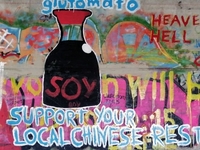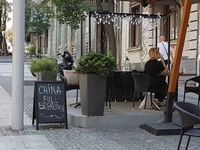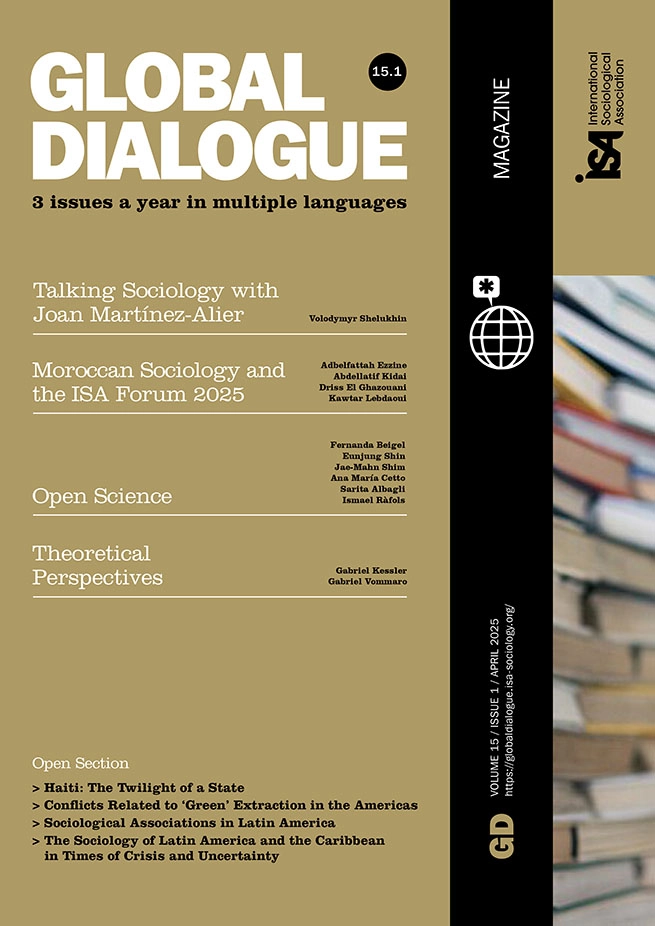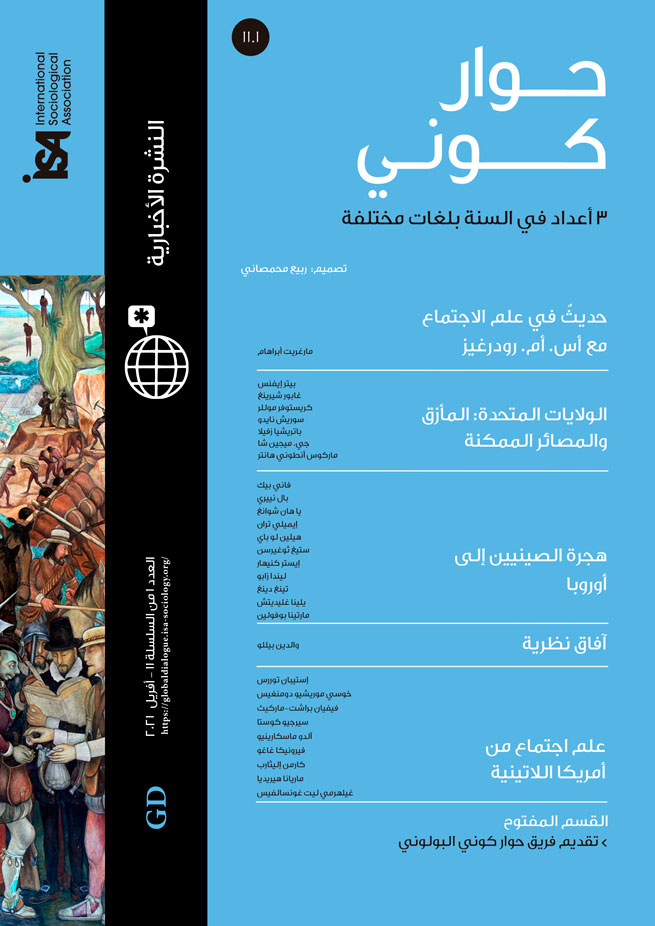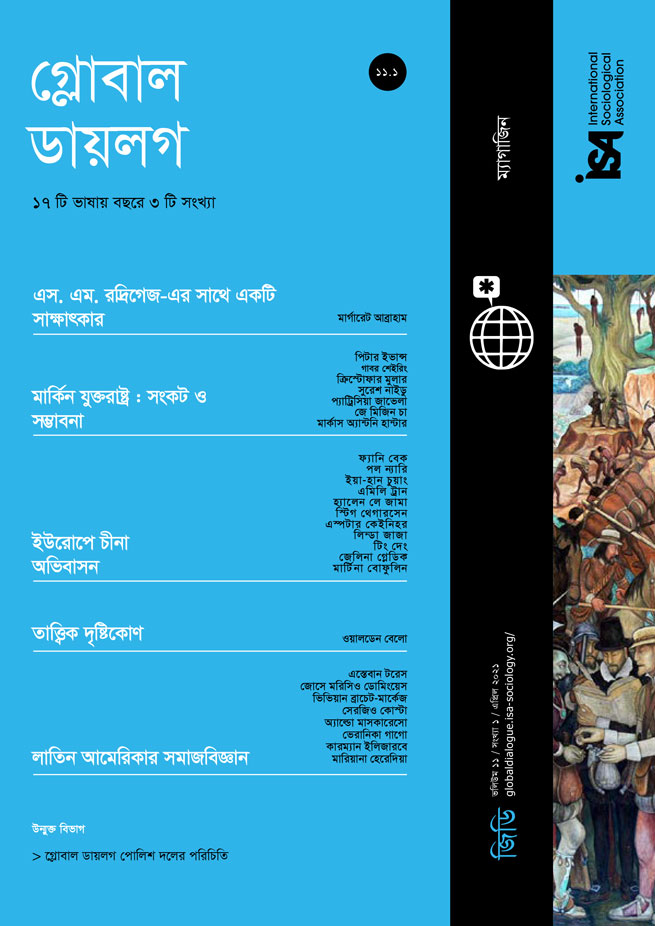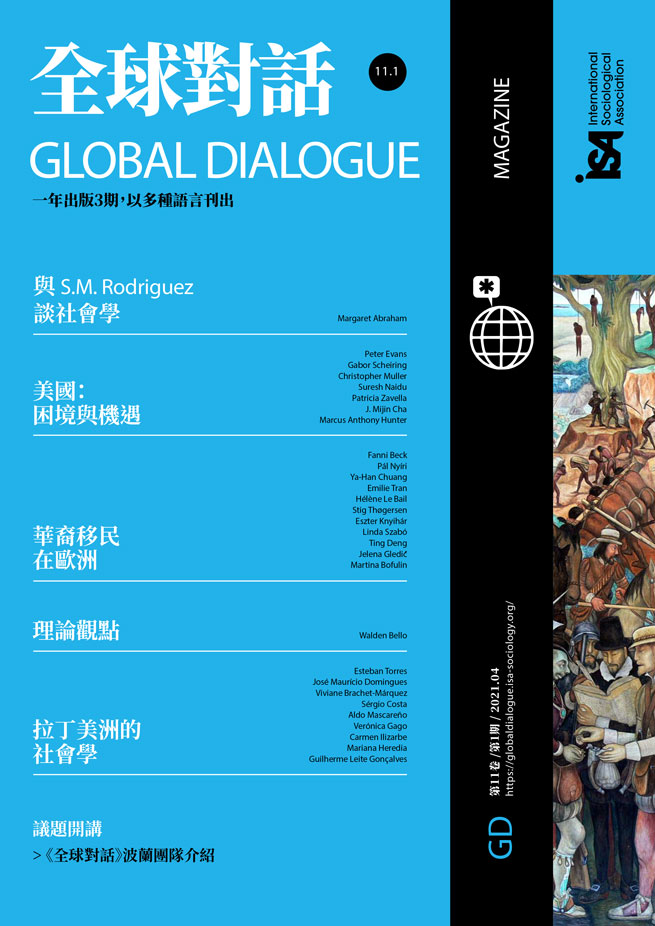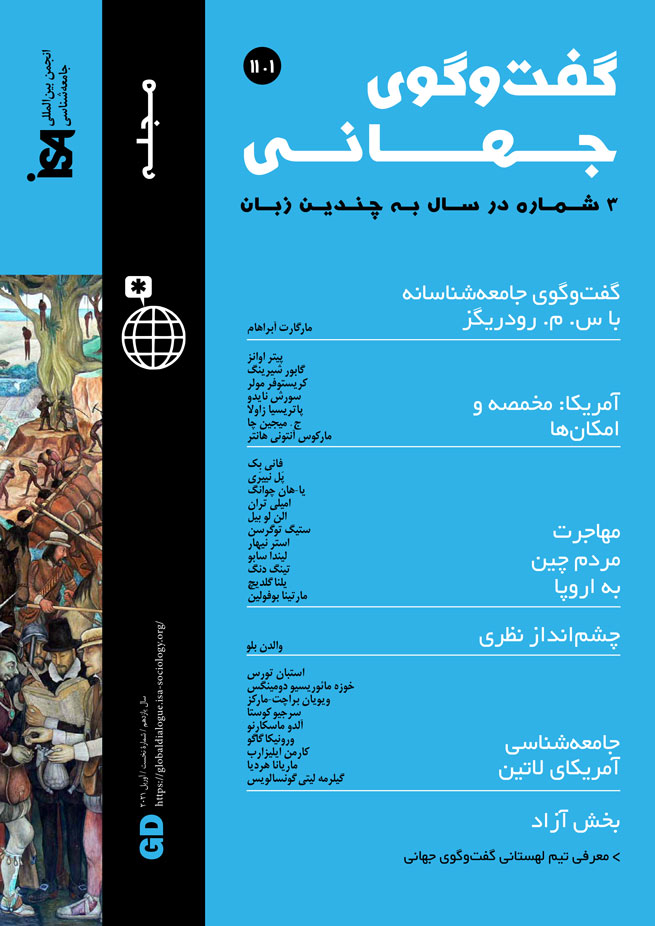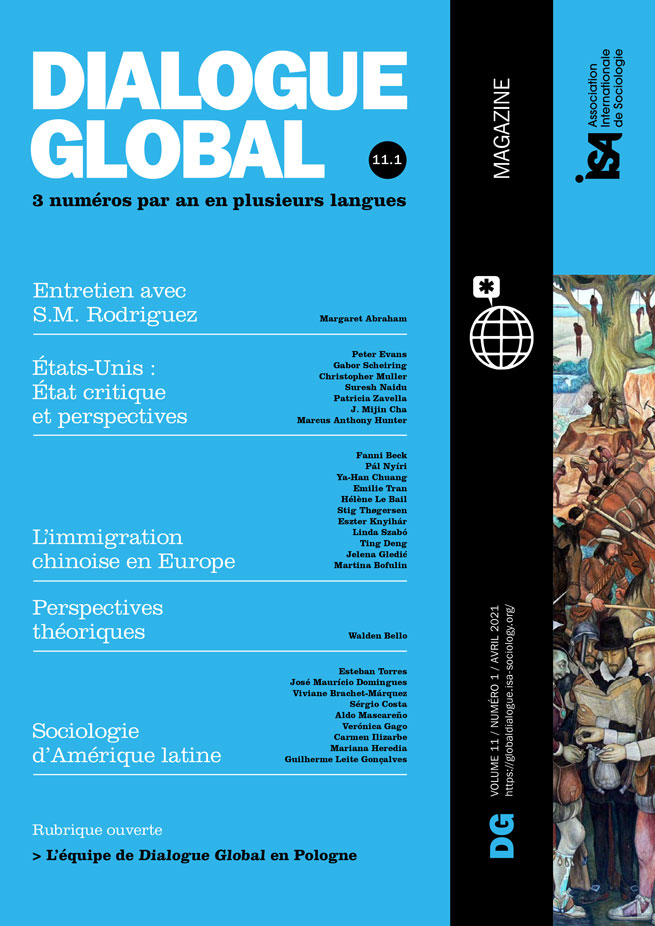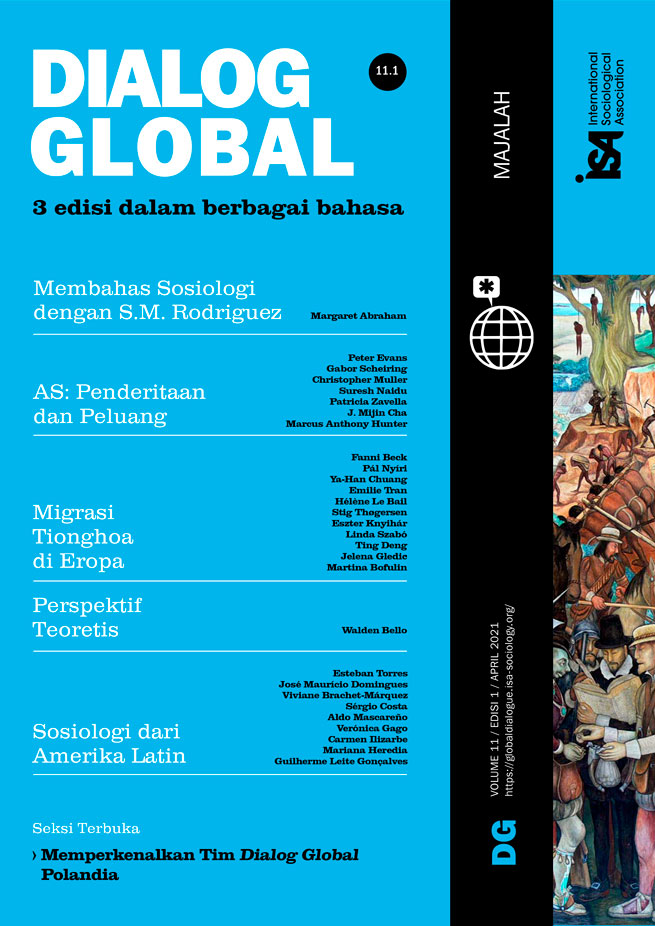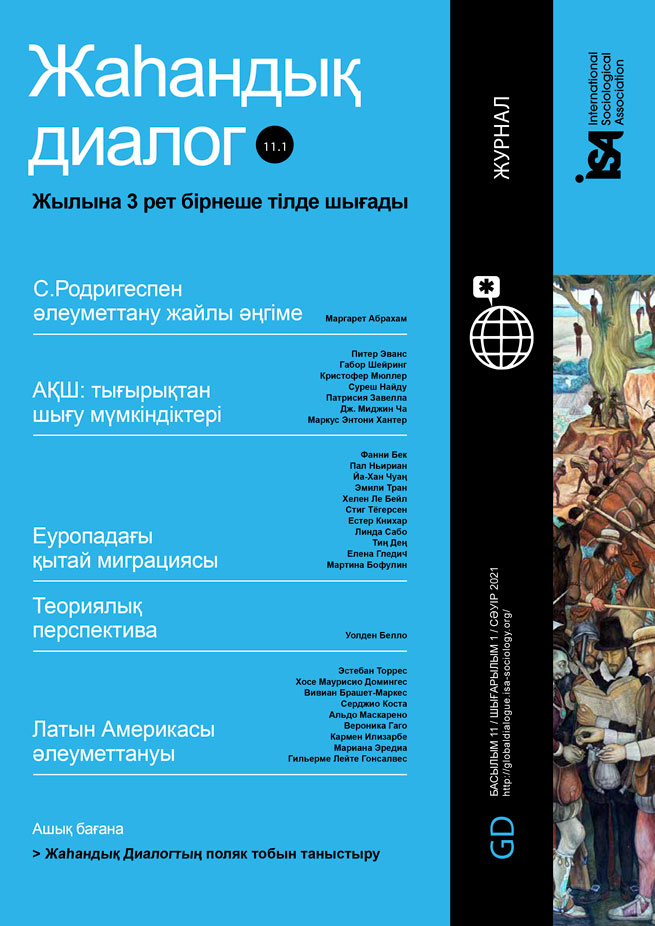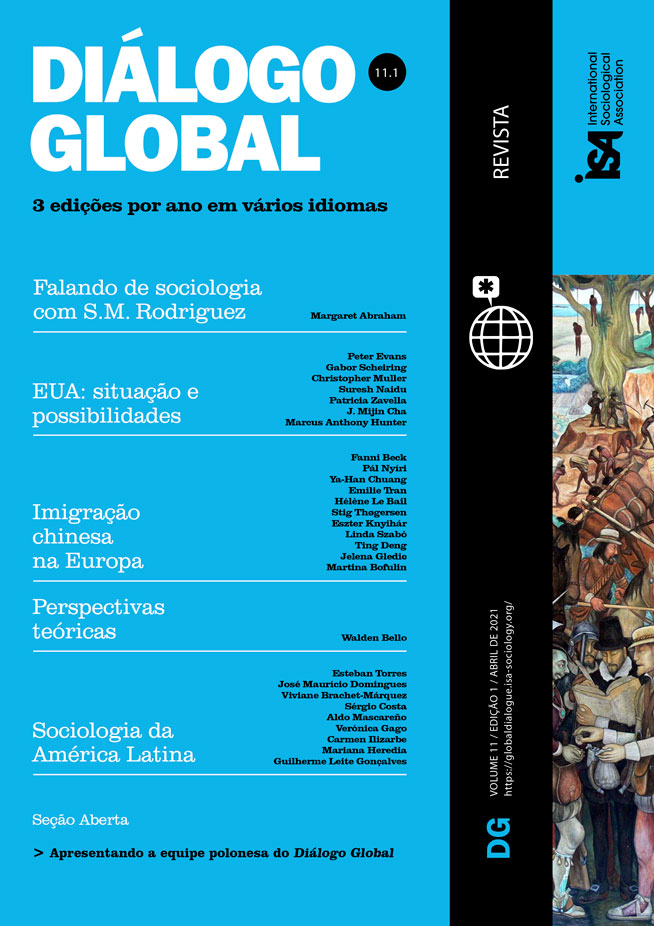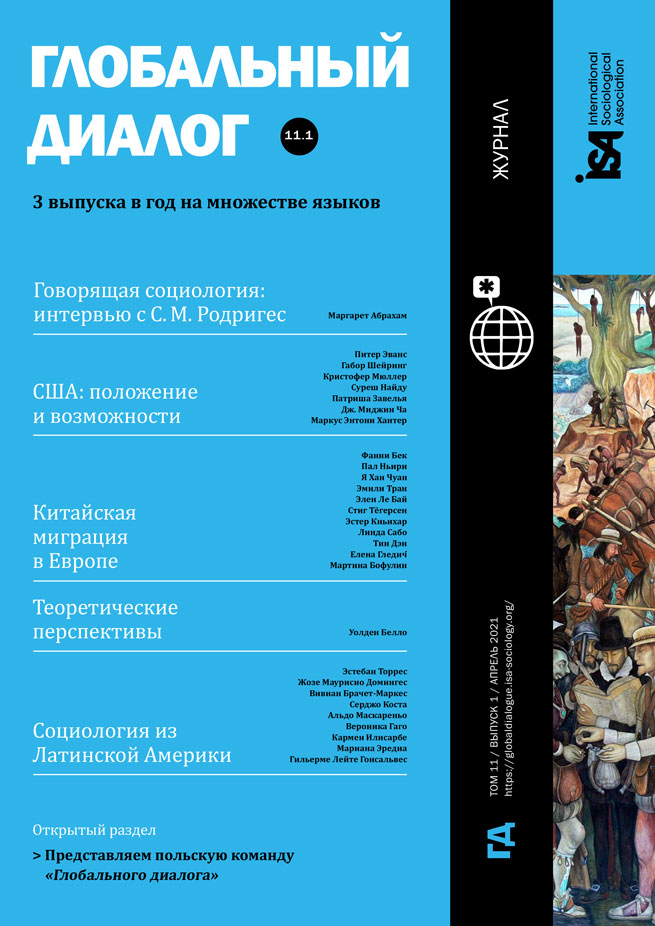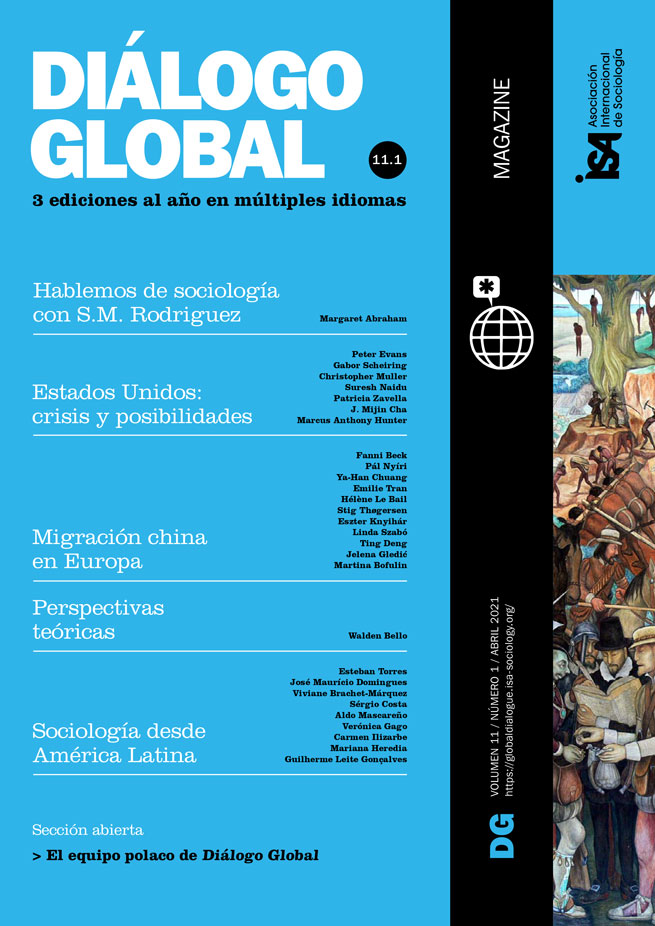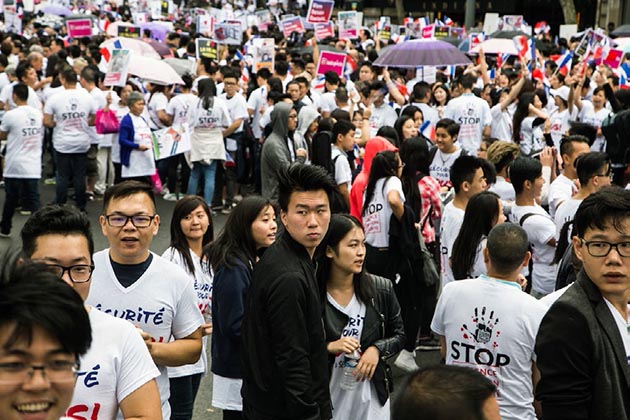As in other Western European countries like the UK and the Netherlands, the history of Chinese communities in France dates back to the beginning of the twentieth century. The early presence of the Chinese is linked to three main factors: colonization, the recruitment of Chinese laborers during World War I, and the sojourn of students in the interwar period. This early mobility had an impact on recent waves of migration: due to the renewal of former migration networks after 1978, Wenzhou in Zhejiang Province is nowadays the principal place of origin of Chinese migrants and their descendants in France. Furthermore, one of the legacies of French colonization is the presence of overseas Chinese from Southeast Asia who arrived as refugees from Cambodia, Vietnam, and Laos in the 1970s and 1980s. Since the turn of the century, the composition of the ethnic Chinese population in France has become more diverse in terms of places of origin, migration routes, and class. France has become the destination for a large number of migrants from Northern China, especially from places hit by massive layoffs due to the transition from a planned to a market economy in the 1990s. Generally speaking, the primary legal channel of entry into the European Union remains the student visa. In France, Chinese study-abroad students are the second largest group of foreign students (9%) after the Moroccans.
France has one of the largest Chinese diasporic populations in Europe (estimated at around 400,000 Chinese immigrants and descendants, although France has no official ethnic statistics); among resident foreigners, citizens from the People’s Republic of China (PRC) are the fifth largest group. Not only are they diverse in terms of education, employment, and economic status (rich investors, transnational traders, professionals, students, entrepreneurs, and workers), but they are also diverse in terms of generations, mobility, and level of participation in French society. Against this diversity are some shared features, such as the cooperation between ethnic Chinese from Southeast Asia and migrants from the People’s Republic of China (mainly Wenzhou) within the diasporic entrepreneurial sphere, and, more recently, the rise of collective actions to denounce safety issues and everyday racism.
Collective action against racism
The Chinese community in Paris and its suburbs have been victims of theft and petty crime. Not only are the Chinese thought to be wealthy - due to the concentration of Chinese business and celebrations, including lavish wedding banquets, in multiethnic socio-economically deprived neighborhoods - they are also more vulnerable because of their reluctance to seek police assistance after being assaulted and robbed. For undocumented immigrants and petty entrepreneurs alike, precarious status and indifference towards French politics had historically made them reluctant to engage in mobilization.
However, in the past decade, amid mounting security concerns and incidents, the Chinese community in Paris, once known as a silent or even model minority, hardworking and keeping a low profile, has organized no fewer than five massive demonstrations to demand police protection. At times they have been supported by the Chinese embassy on the grounds of “protecting nationals abroad”, a priority of the Chinese government since 2012 as a way of projecting its power wherever its citizens’ interests are at stake. The five instances of collective action differ in their pattern of mobilization: three were massive street demonstrations; one was an association of entrepreneurs turned into a (failed) pressure group; and the last one was a combination of street riots and peaceful rallies. The mobilizations usually took place to highlight the lack of security experienced by Chinese residents and merchants in a specific neighborhood, and made common demands: increasing the number of police patrols in the neighborhood; strengthening the punishment for law offenders; and facilitating the procedure to allow Chinese victims to lodge complaints with the police.
The 2016 street protest that followed the murder of a Chinese worker in a suburb of Paris marked a turning point, with the second generation stepping up in a more active role. French-born ethnic Chinese reframed the claims to emphasize the structural racism that underlies the violence targeting ethnic Chinese or other Asians. While Chinese activism and pan-Asian social movements have been studied for a long time in North America or Australia, it is a new research focus in Europe. In the French case, one can underline three main kinds of actions launched by French Chinese, all of them related to stereotyped representations and the quest for recognition: (1) the collection and transmission of a collective memory; (2) mobilization against targeted violence; and (3) cultural activism to unpack stereotyped representations of Asians and modify these representations.
To understand the recent actions by local-born French Chinese, it is necessary to go back to the 2000s when online social networking started to spread, offering a venue for the transformation of individual experiences into collective experience. In particular, much was shared about experiences of common microaggressions and covert forms of racist insults. French Chinese started to create forums and discussion groups - especially on Facebook, and later on WeChat and Twitter - where they could share their experiences mainly in French, sometimes mixed with Chinese or other Asian languages.
The “cultural activism” that developed after 2016 also mainly uses online tools such as short videos, blogs, YouTube channels, web series, and podcasts, allowing new opportunities for encounters among French-born Asians from the artistic and media spheres. Since 2016, many have contributed to constructing a collective identity and advocating against anti-Asian racism in France. Some try to bridge their actions with other minorities’ claims (such as Grace Ly’s podcast, Kiffe ta race, created with well-known Afro-feminist Rokhaya Diallo; or the participation of Asian French in the Black Lives Matter protests) trying to neutralize inter-ethnic tensions. Other cross ethno-racial issues with gender issues: deconstructing the erotization of Asian women, as well as the desexualization of Asian men.
In 2020, COVID-19 provided China with a unique opportunity to stage an international public diplomacy campaign, mobilizing the support of the overseas Chinese to convey what it calls the “real China story.” It remains to be seen whether and to what extent the PRC seeks to exploit the recent wave of Chinese ethnic activism against the anti-Asian racism sparked by the COVID-19 outbreak. Even more interesting would be to compare how ethnic Chinese from the first, second, and third generations react to the motherland’s transnational outreach and mobilization attempts.
Ya-Han Chuang, Institut national d’études démographiques (INED), France <ya-han.chuang@ined.fr>
Emilie Tran, Hong Kong Baptist University, Hong Kong <emilietran@hkbu.edu.hk>
Hélène Le Bail, CNRS, CERI-Sciences Po Paris, France <helene.lebail@sciencespo.fr>
